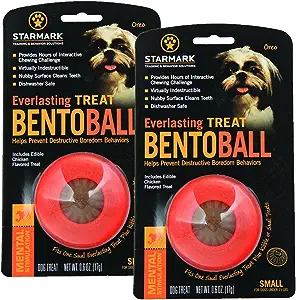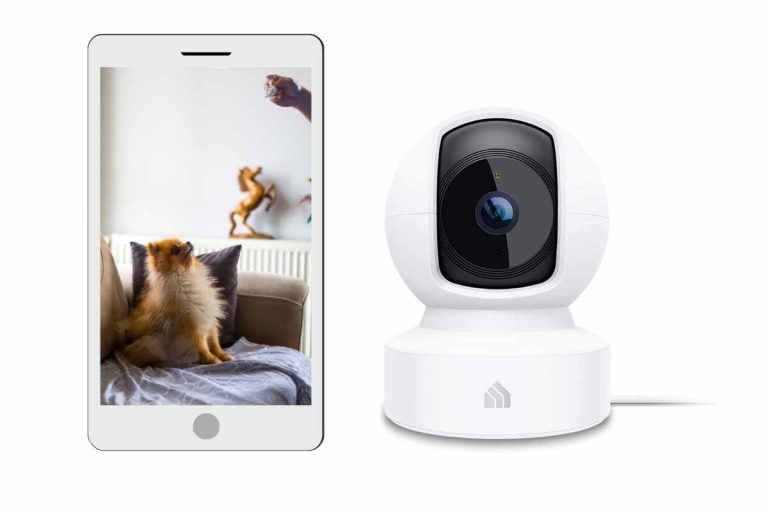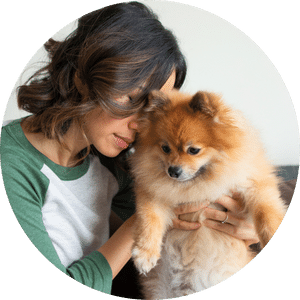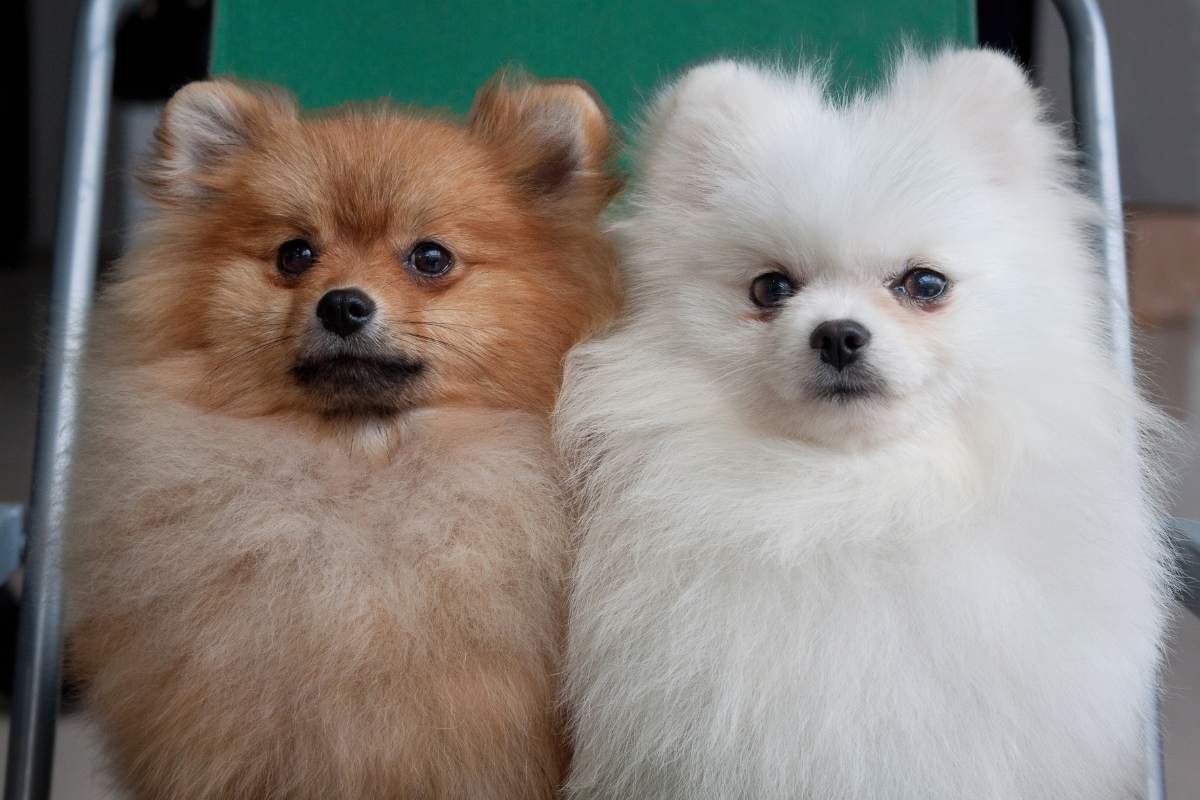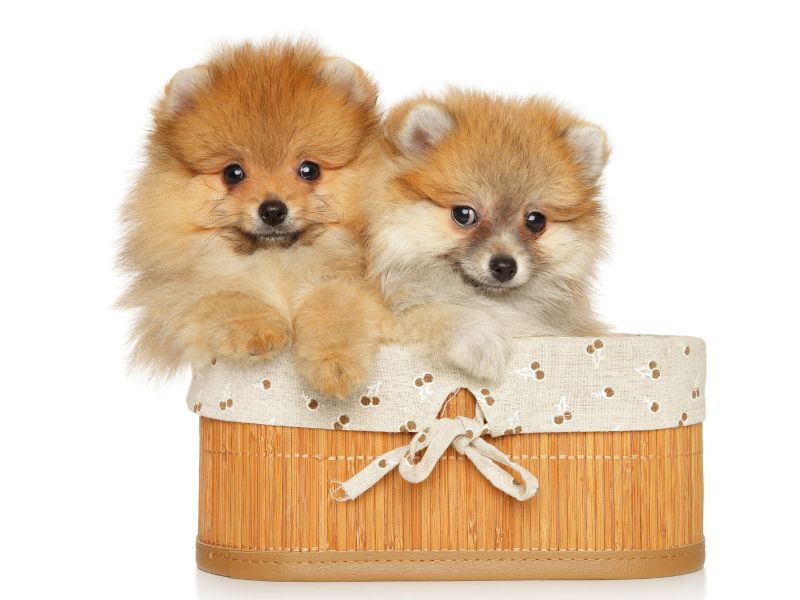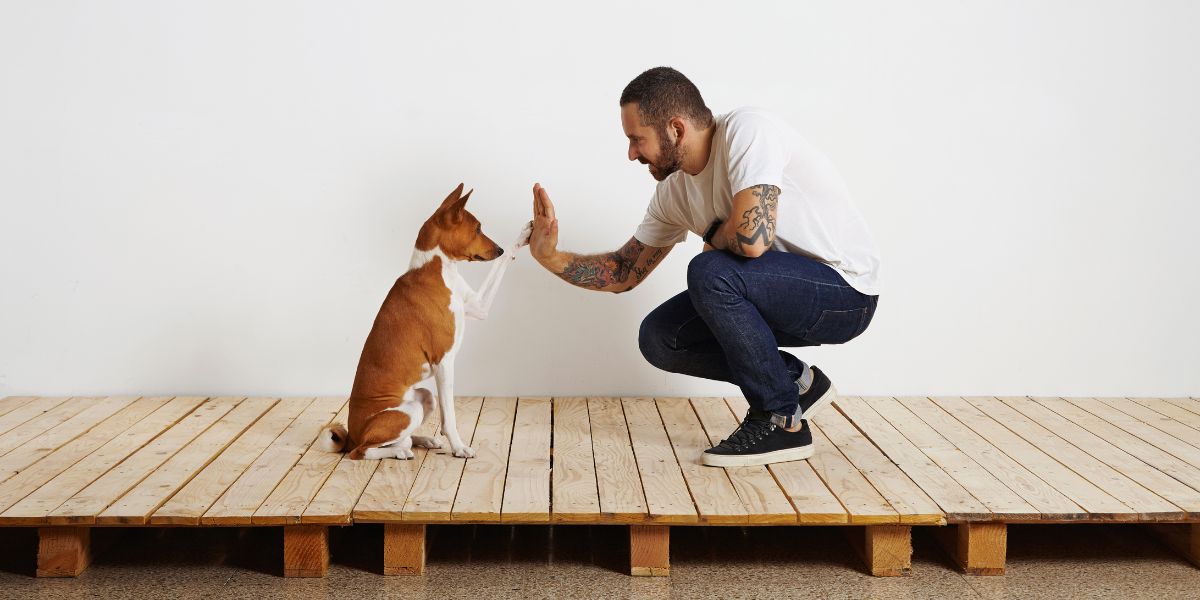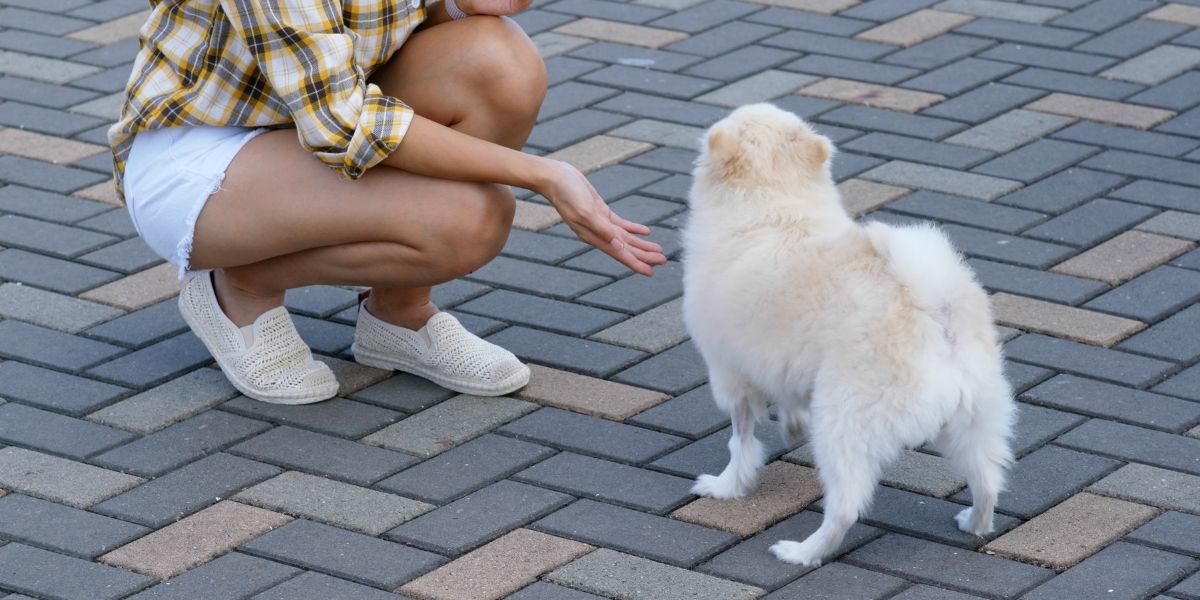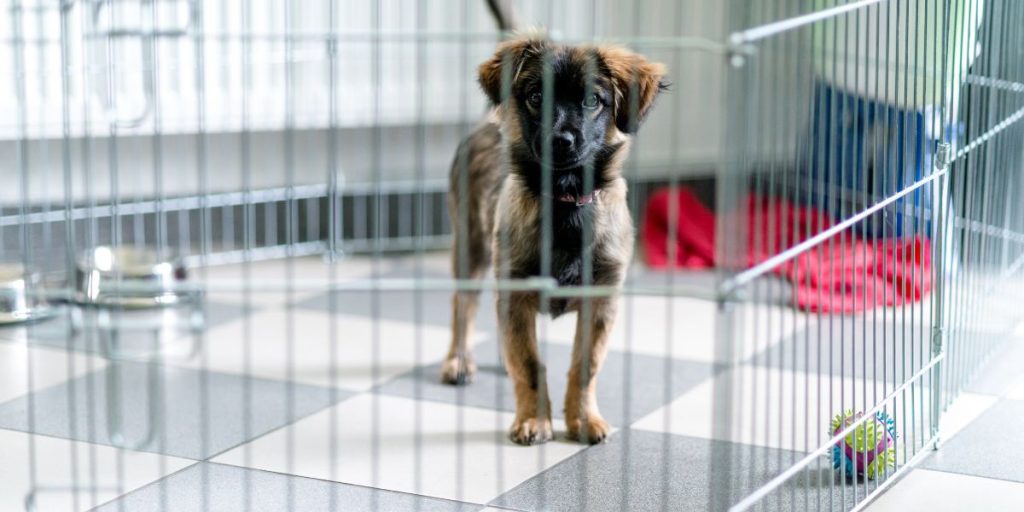
Crate training is a highly effective and widely used method for dog training. When done correctly, it can provide numerous benefits for both you and your furbaby.
It helps establish routine, aids in behavior management, and provides a safe space for your dog when you’re not around. At the same time, this also contributes to your peace of mind.
While it may not always be a walk in the park, following some handy crate training tips can make the journey a whole lot smoother. As a seasoned dog trainer with years of experience, I’m here to guide you through the process of crate training different types of dogs and provide insights into essential tools and toys to use along the way.
Selecting the Right Crate
Types of Crates
There are different types of crates available, including wire, plastic, and soft-sided options. Choose the one that suits your dog’s needs and your lifestyle.
Choosing the Right Size
Select a crate that is spacious enough for your dog to stand up, turn around, and lie down comfortably, but not too large that it eliminates the cozy feeling of a den.
Setting Up the Crate
Placement
Position the crate in a central and accessible location in your home where your dog can feel like part of the family.
Making It Comfortable
Line the crate with a comfortable bed or blanket to make it inviting. Toys and treats can also help create positive associations.
Introducing Your Dog to the Crate
Positive Reinforcement
Use treats, praise, and patience to make the crate a positive experience for your dog. Start with short, supervised sessions. Slowly increase the time your dog spends in the crate, allowing them to acclimate to it at their own pace.

Crate Training Do’s and Don'ts
Here are the Do's:
1. Get the Right Size Crate
Select a crate that’s just the right size for your dog. A snug fit mimics the comforting den they’d seek in the wild and aids in potty training.
You can buy an adult-sized crate with a wire divider (to section off a small part) in order to avoid purchasing multiple dog crates as your puppy grows.
Metal crates are the best type to choose as they are indestructible and will last for many years.
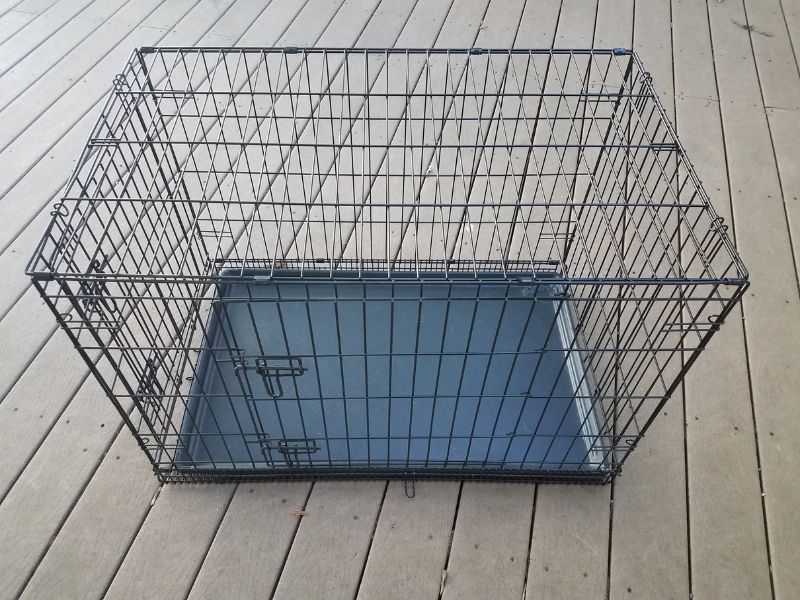
2. Choose the Right Spot for the Crate
Position the crate in a quiet corner of a busy room, allowing your dog to be near the family while also enjoying moments of peace.
Best Crate Training Tip:
On the first night, place the crate by the doorway to your bedroom, and gradually move further away until it is in its permanent location.
3. Try to Get Mother's Scented Blanket
If you’re bringing home a puppy, request a blanket scented with the mother’s smell to help ease the transition.
Provide your breeder with a blanket or piece of fleece before you collect your pup so that enough time has passed for the mother’s scent to be imprinted onto it.
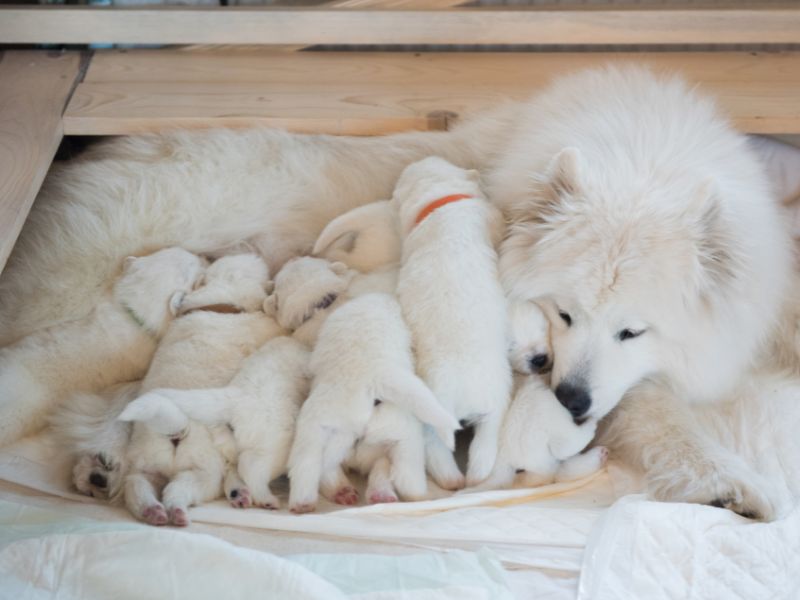
4. Introduce Them Slowly
Gradually introduce your dog to the crate to prevent overwhelming them and create a positive environment.
5. Keep Experiences in the Crate Positive
Never leave your dog in the crate for extended periods or scold them inside. Positive experiences foster trust and comfort.
6. Feed Them Inside the Crate
Make mealtime a positive experience by feeding your dog inside the crate. Place the food bowl inside and close the door while they eat.
Pop their food bowl inside and close the door whilst they are eating, they’ll be totally distracted and most likely won’t even care!
Best Crate Training Tip: If they are reluctant to go in the crate, place the bowl near the door and gradually move further into the crate until they are completely comfortable.
7. Keep Giving Treats and Praise
Reward your dog with treats and praise when they enter the crate. It reinforces the idea that the crate is a happy place.
Best Crate Training Tip:
Alternate with a chewy stuffed toy, filled with treats as an exciting incentive, and always reward them once they are inside the crate, not before.
8. Take Them Out for Potty Regularly
Understand your dog’s age and provide regular potty breaks. Puppies have limited bladder control, so timely bathroom breaks are essential.
Whether you’re crate training a puppy or adult dog, it’s important to let them relieve themselves in their potty area, either on a puppy training pad (away from the crate) or outside in the yard.
9. Exercise Them Before Crate Time
Ensure your dog gets enough exercise before crate time to help them rest peacefully and minimize restlessness.
Crate Training Tip:
You can exhaust your dog through physical AND mental exercise, here are 13 Fun Ways to Keep a Dog Mentally Stimulated
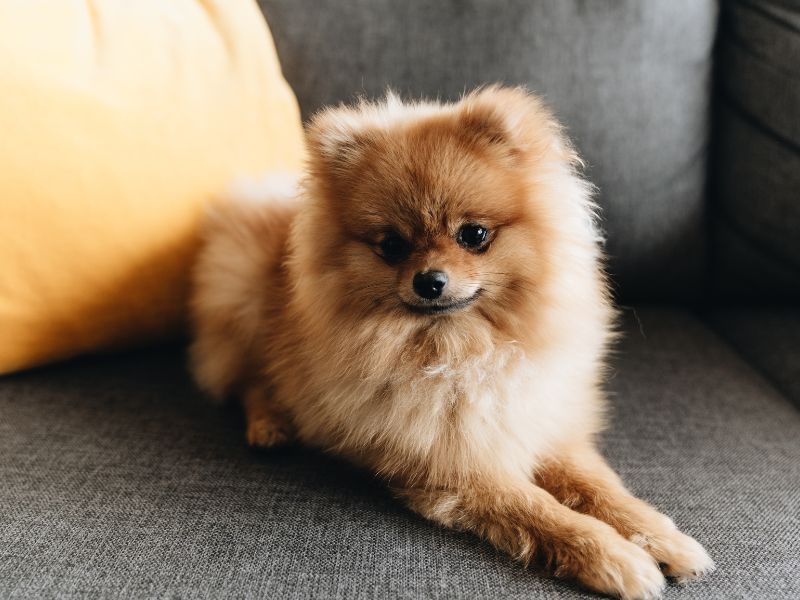
10. Consider Covering the Crate at Night
Covering the crate with a blanket or bedsheet can create a cozy, secure sleeping environment. It can also reduce any stimulation from their surroundings and helps them associate the blanket with ‘sleep’ time.
11. Leave the Crate Door Open During the Day
When you’re home, leave the crate door open, allowing your dog to enter as they please.
Best Crate Training Tip:
Use a carabiner hook (or similar) to prop the crate door open so that your dog has easy access at all times.
12. Leave Toys in the Crate
When supervised, leave your dogs favorite toys in the crate to enhance the positive association.
Important Crate Training Tip:
Toys shouldn’t be left in the crate when dogs are unsupervised, as they can cause choking or blockage to their intestines if accidentally ingested.
13. Keep Them in the Crate While at Home
Short periods of crate time while you’re home can help your dog understand that it’s a part of their daily life.
14. Clean up Accidents Quickly
Keep the crate clean, and provide fresh bedding to prevent your dog from soiling their space.
Handy Crate Training Tip:
Have at least two sets of suitable crate bedding available at a time, so that if one is being washed (or has been destroyed), then you always have a spare.
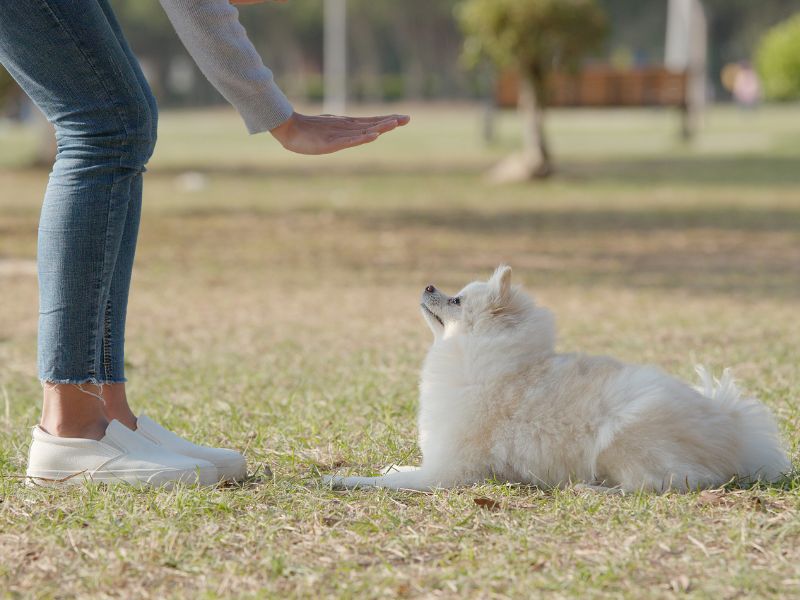
15. Be Consistent and Persevere
Crate training takes time and consistency. Don’t give up too soon; be patient, and persist.
Here are the Don'ts:
16. Don't Use the Crate as a Punishment
Avoid using the crate as a time-out or punishment. You want your dog to associate it with safety and comfort, not negativity.
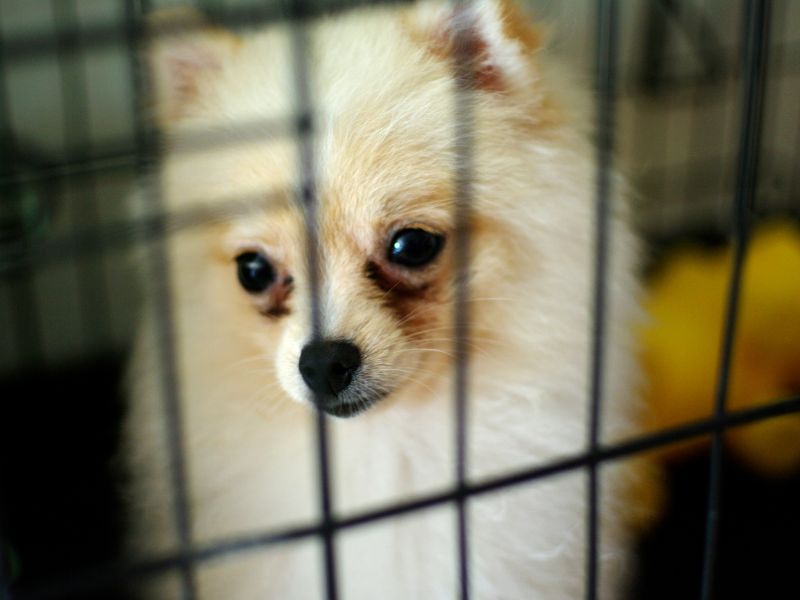
Using puppy training pads will teach them that it’s ok to go potty there, which is not what you want.
17. Don't Force Them Inside the Crate
Never force your dog into the crate. Encourage them with treats, patience, and empathy.
18. Don't Use Puppy Training Pads Inside the Crate
Don’t use training pads in the crate, as it hinders potty training progress. Encourage designated potty areas.
19. Don't Put Any Items on Your Dog
Keep your dog “naked” while crated to prevent accidents or injuries with collars, harnesses, or leashes.
20. Don't Tip-Toe Around Them
Go about your regular routine without worrying about making noise or being active around the crate. Consistency is key.
This amazing Dog Radio plays classical music which has been clinically tested and proven to be calming, and helps reduce separation anxiety.
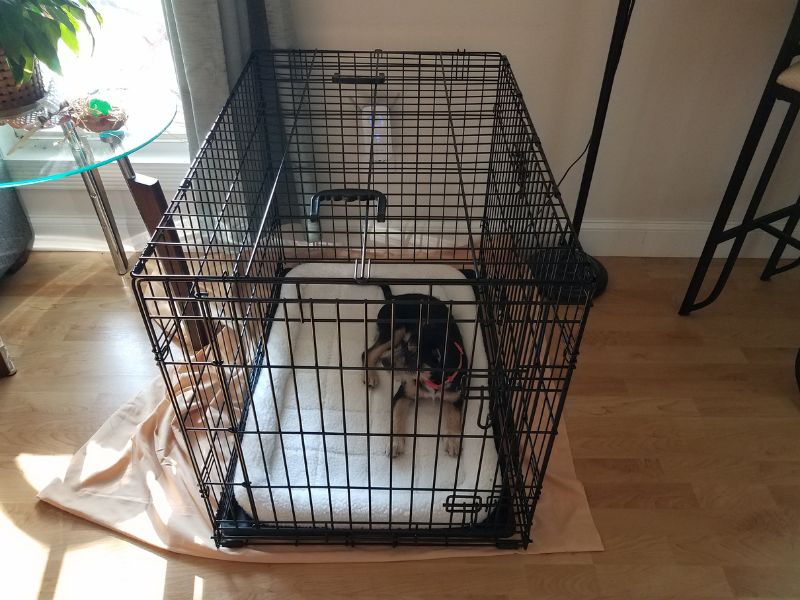
21. Don't Let Them Out When Whining
Don’t release your dog from the crate immediately when they whine. Wait until they’re calm to avoid reinforcing whining behavior.
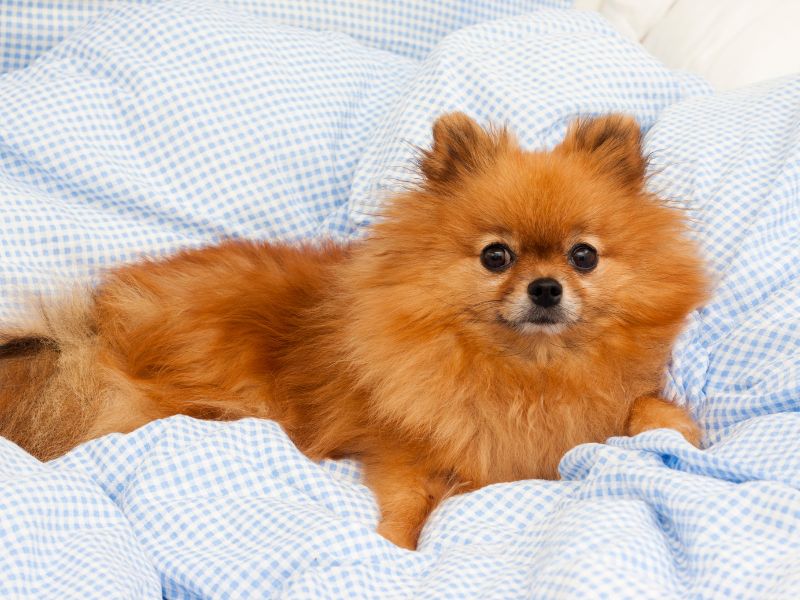
22. Don't Let Them Sleep on Your Bed
Avoid allowing your dog on your bed, as it can disrupt the crate training process.
23. Don't Make a Big Deal of Your Arrival or Departure
Avoid allowing your dog on your bed, as it can disrupt the crate training process.
24. Don't Abuse the Crate
Never overuse the crate; it’s a tool for training, not a place of constant confinement.
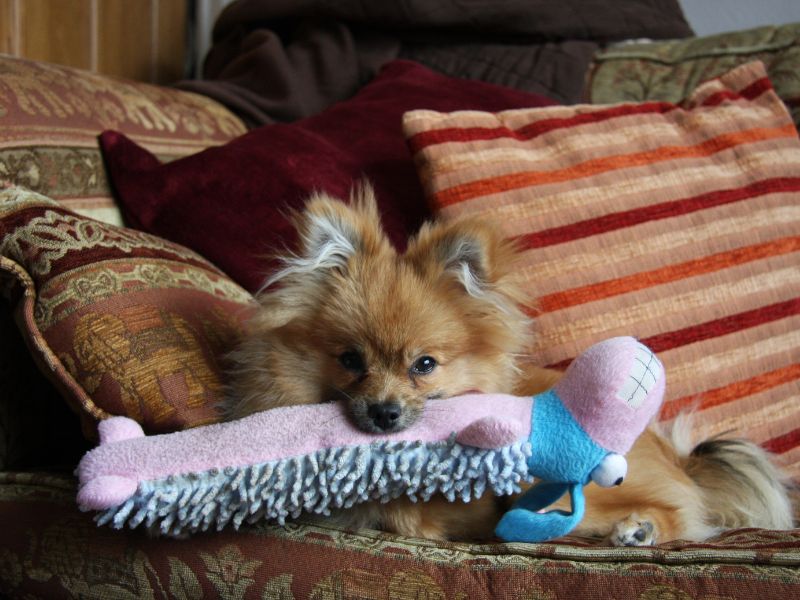
The Best Tools and Toys for Successful Crate Training
To help make crate training easier and smoother, you will need the right toys, tools, and gadgets. These essentials can help create a positive association with the crate, ease anxiety, and keep your dog entertained during crate time.
Here’s what I can recommend:
1. Interactive Toys
Interactive toys are your secret weapon for making the crate a fun and engaging space. Toys that dispense treats, such as Kong toys or puzzle feeders, can keep your dog occupied and mentally stimulated. Fill them with tasty treats or kibble to create a positive experience inside the crate.
2. Chew Toys
Chew toys are essential for keeping your dog busy and preventing boredom. Opt for durable, non-toxic options that can withstand vigorous chewing. These toys can help relieve teething discomfort in puppies and keep adult dogs occupied during crate time.
3. Comfortable Bedding
Make the crate cozy and inviting with comfortable bedding. A soft, supportive bed or cushion can make the crate feel like a snug den. Dogs often appreciate a plush surface, especially during longer crate stays.
4. Calming Pheromones
Calming pheromone diffusers or sprays, like Adaptil for dogs, can reduce anxiety and stress during crate training. These products mimic the natural calming pheromones that mother dogs emit to comfort their puppies. They can be particularly useful for anxious or newly adopted dogs.
5. Wire Crate with Divider
When crate training a growing puppy, a wire crate with a divider is a game-changer. The divider allows you to adjust the crate’s size as your puppy grows, ensuring they have just enough space to be comfortable without room for accidents.
6. Crate Covers
Crate covers serve a dual purpose. They create a dark, cozy environment that promotes relaxation, and they can block out visual stimuli that might trigger anxiety or excitement. Crate covers are especially beneficial for puppies or dogs who are easily stimulated by their surroundings.
7. Radio or TV
Leaving the radio or TV on near the crate can provide comforting background noise that helps dogs relax and feel less isolated. Many pet parents find that playing classical or calming music can have a soothing effect during crate time.
8. Treat-Dispensing Toys
Treat-dispensing toys, like the Snuffle Mat or treat balls, are excellent for crate training. They encourage your dog to work for their treats, keeping them mentally engaged and preventing boredom.
9. Clicker and Training Treats
Clicker training can be a powerful tool for crate training. The clicker serves as a signal that rewards desired behaviors. Pair it with small, delicious training treats to reinforce positive associations with the crate.
10. Security Cameras
For those who are away from home during the day or want to monitor their dog’s behavior in the crate, security cameras with live streaming capabilities can provide peace of mind. You can check on your pup and ensure they are comfortable and content.
Crate training can be a smooth and successful process now that you know the dos and don’ts as well as the toys, tools, and gadgets that you might need. However, not all of those tips and toys apply to all.
Your dog’s needs may be different according to their age, situation and history. Below I share some specific needs for each dog during crate training.
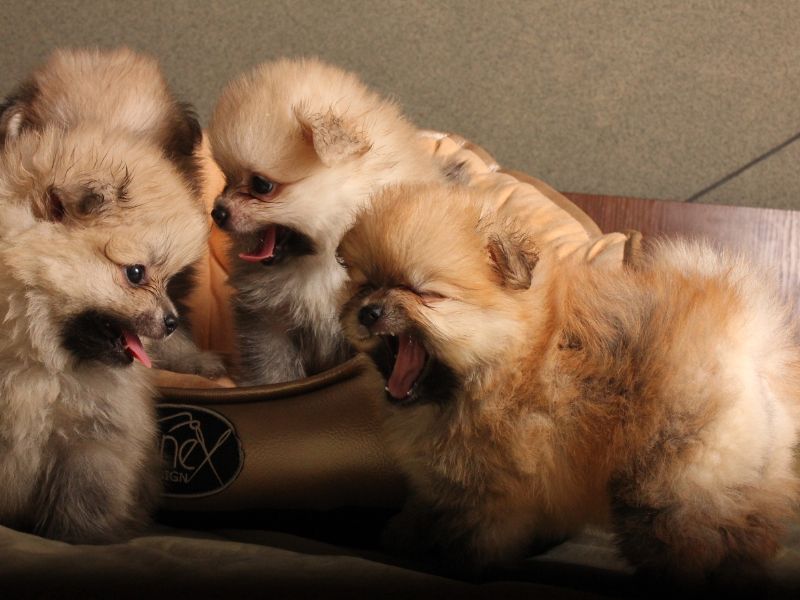
Crate Training for Puppies
Puppies are like sponges, eager to learn and adapt. Crate training for puppies is an excellent way to instill good habits from the start. Here’s how to do it effectively:
- Choose the Right Crate: Start with a smaller crate to provide a cozy space. Puppies grow quickly, so consider a crate with a divider to adjust the size.
- Frequent Potty Breaks: Puppies have limited bladder control. Take them out for bathroom breaks every 30-60 minutes initially and gradually extend the time.
- Positive Reinforcement: Use treats and praise generously. Reward your puppy for entering the crate and remaining calm.
- Interactive Toys: Provide toys that keep them engaged, like puzzle toys or chew toys. This keeps them occupied and prevents boredom.
Crate Training for Adult Dogs
Crate training for adult dogs can be a bit different, as they may have established habits. Here’s how to approach it:
- Adjust Crate Size: Ensure the crate is the right size for your dog to stand, turn, and lie down comfortably. Wire crates with dividers work well for this purpose.
- Gradual Introduction: Allow your adult dog to explore the crate at their pace. Start with short sessions and extend the time as they become comfortable.
- Positive Associations: Use treats and praise to reinforce that the crate is a positive place. Never use it as a punishment.
- Calming Toys: Consider calming toys or interactive puzzles to help ease anxiety.
Crate Training for Senior Dogs
Senior dogs may require a different approach, considering their age and potential health issues:
- Comfortable Bedding: Provide soft, supportive bedding to cater to their aging joints and muscles.
- Familiar Smells: Place a familiar-smelling blanket or item in the crate to comfort your senior dog.
- Gentle Exercise: Incorporate gentle exercise before crate time to help them relax. Consider senior-specific toys that are easy on the teeth.
Crate Training for Rescue Dogs
Rescue dogs may have unique needs due to their past experiences. Here’s how to ease the transition:
- Patience and Empathy: Understand that rescue dogs might have anxiety. Be patient and empathetic during the crate training process.
- Safety and Security: Ensure the crate is a safe and secure space. A soft, comforting blanket can help make it inviting.
- Slow Introduction: Take your time introducing the crate. Allow the rescue dog to enter voluntarily, and reward them for doing so.
Crate Training for Aggressive Dogs
Crate training can help manage aggressive behaviors, but it must be approached with caution:
- Professional Guidance: Seek professional advice and guidance when crate training an aggressive dog. Your safety and the dog’s well-being are top priorities.
- Reinforcement: Use positive reinforcement techniques to reward calm and non-aggressive behavior.
- Sturdy Crate: Invest in a strong, durable crate to ensure safety.
Crate Training for Dogs with Special Needs
Dogs with special needs, such as physical disabilities, may require tailored accommodations:
- Customized Crates: Consider specially designed crates that accommodate your dog’s unique needs.
- Non-Slip Bedding: Use non-slip bedding to ensure stability for dogs with mobility issues.
- Adaptive Toys: Seek out toys designed for dogs with disabilities, like auditory toys or treat-dispensing toys.
Transitioning Away from the Crate
Crate training is a valuable step in your dog’s development, but it should never be a permanent solution. When approached with understanding and care, your dog will learn to love their crate as a safe and comfortable space, making life easier for both of you.
As your dog learns boundaries and expectations, you’ll eventually transition them away from the crate to enjoy more freedom in your home.
I hope this thorough guide helps you make crate training your dog easier and smoother, and eventually, this helps strengthen the bond and trust between you and your dog.
For additional help with crate training, you may want to try one of these transformational online dog training courses


